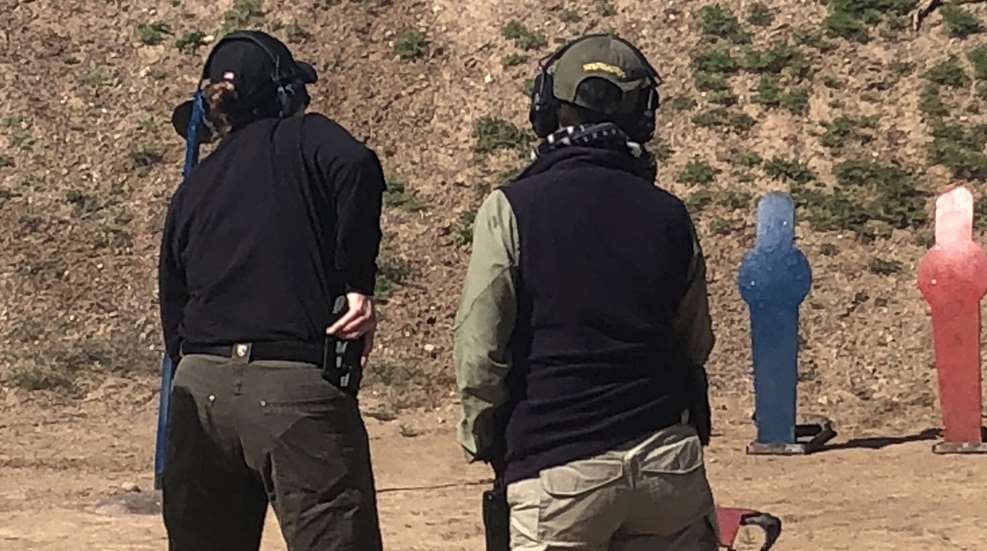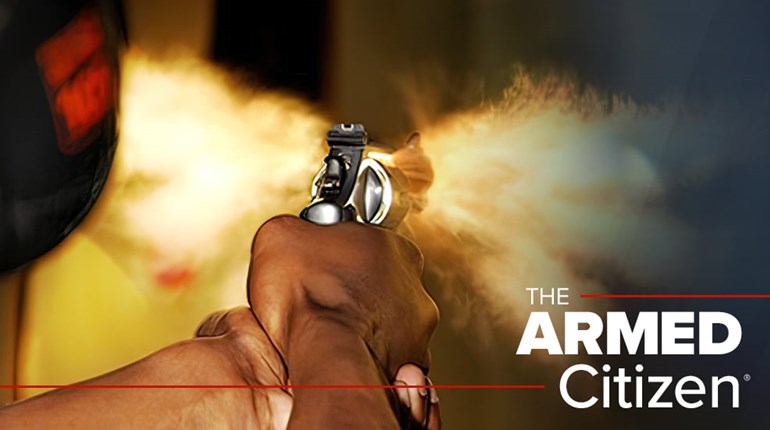
We’re huge supporters of concealed carry around here, but there’s no arguing that it’s a big responsibility not to be taken lightly. In fact, there are a number of mistakes—mental mistakes in addition to physical ones—that you might be making if you’re not careful. What are the worst three concealed carry mental mistakes?
1. Being Afraid of Your Gun
This happens frequently with new gun owners: They buy a handgun because they feel like they need to, they shoot it once or twice, and then they strap it on their waist or stick it in their purse, but its presence makes them nervous. This is especially common among people who didn’t grow up in a gun-owning household, but it can happen to anyone who doesn’t shoot a lot.
Because they’re a little bit intimidated by their own gun, they commit physical mistakes to compensate or out of nervous habit. They fiddle with it and check it often to make sure it hasn’t magically unloaded itself or flicked off its own safety (it won’t do that); they adjust it on their belt or touch it repeatedly to subconsciously assure themselves that it’s still there (it will be unless your holster sucks), thus drawing attention to themselves; or in extreme cases, they decide to carry with the chamber empty in case it “goes off by itself” (it won’t).
We’ve got an entire article about why empty-chamber carry is a bad idea, but the primary reason is that it takes so much more time and energy to get the gun into action in an emergency. In the most extreme cases, people who are afraid of their guns stop carrying them at all.
What’s the remedy to this mistake? Simple: Shoot more. The more you handle and shoot your gun at the range, under safe conditions, the more familiar with it you’ll become, and this familiarity drives out fear. You’ll become so comfortable with the gun that you’ll quickly realize it’s not going to unload itself, fire itself or disappear out of your holster.
2. Not Knowing Where You Can and Can’t Go
Each state has its laws regarding when and where your permit is valid, and you need to know what those rules are so you don’t run afoul of the law. You probably received a copy when you got your permit, if you have one, but things change over time, so it’s not a bad idea to go look up your state and local laws right now.
In general, it’s illegal to carry a firearm in any building owned or rented by the federal government. This includes federal courthouses, buildings in national parks and national forests, sometimes the parks themselves depending on state law, “sterile areas of airports,” Army Corps of Engineers property including dam sites, national cemeteries, military bases (with some exceptions; you’ll know if you are one), buildings on BLM land, and, the one you’re most likely to encounter in your daily life, the post office.
Firearms might or might not be legal in state parks, national forests and national parks, on BLM land and on Native American reservations. Tribal law controls the carry of firearms on reservations; in the other cases, firearms laws follow the laws of the state in which the park or forest is located.
Your state might also forbid carrying your firearm in churches, state facilities, polling places or other types of buildings, even with a permit. It’s illegal on a federal level to have a firearm within 1,000 feet of a school, but this does not apply to concealed-carry permit holders who are in their home state (the state that issued the permit). Your state very well might have stricter laws, though, so do not wear your firearm in the car rider line until you know what your state’s specific laws are regarding schools.
In addition, your permit is probably invalid if you’ve been partaking of alcohol, marijuana or other substances, or even if you are in a place where alcohol is sold “for consumption on the premises.” That’s a big distinction that you need to know about—can you carry into a restaurant that serves alcohol even if you don’t plan to drink any? Look up the laws in your state.
The remedy for this mistake is simple: Get educated. Look up the laws for your state’s permit, and if you’re traveling to another state, you need to know their laws, too.
3. Letting the Gun Be Your Whole Plan
This is a tough one that’s easy to fall into, but remember this: Carrying a gun is not a complete self-defense plan. The gun is just one tool in your toolbox.
Your most important tool is your mind and your mindset. We encourage you to read self-defense articles about awareness, involvement, legalities and what not to do. The best way to keep yourself safe is to not get into dangerous situations in the first place! Easier said than done, I know, but knowing the warning signs of trouble and avoiding it before it starts goes a long way to keep you from having to use your gun. And if you never have to use your gun in self-defense, everyone wins.
There’s a particular danger here we call the Gun as Talisman Fallacy. In short, this happens when someone straps on a gun thinking, “Oh, I’m safe now,” and feels as if the presence of the gun somehow magically protects them. Nothing could be further from the truth, of course. If you find yourself thinking “Well, I really shouldn’t go to this place or do this thing, but I have my gun, so it’s probably OK,” I hate to tell you, but you’ve fallen for the fallacy. Just don’t go to that place or do that thing, because you’ve already identified that it’s questionable.
The remedy for this mistake is to become more well-rounded with your self-defense plan. A gun is only one part of it. The training and knowledge to use that gun, the ability to use it under pressure, and the wisdom to be able to avoid using it at all are vital parts of the plan, too.















































